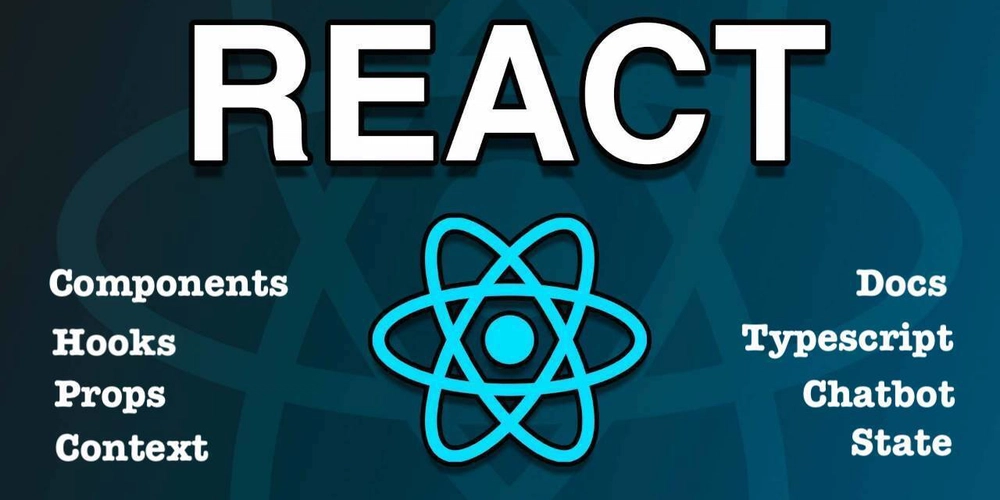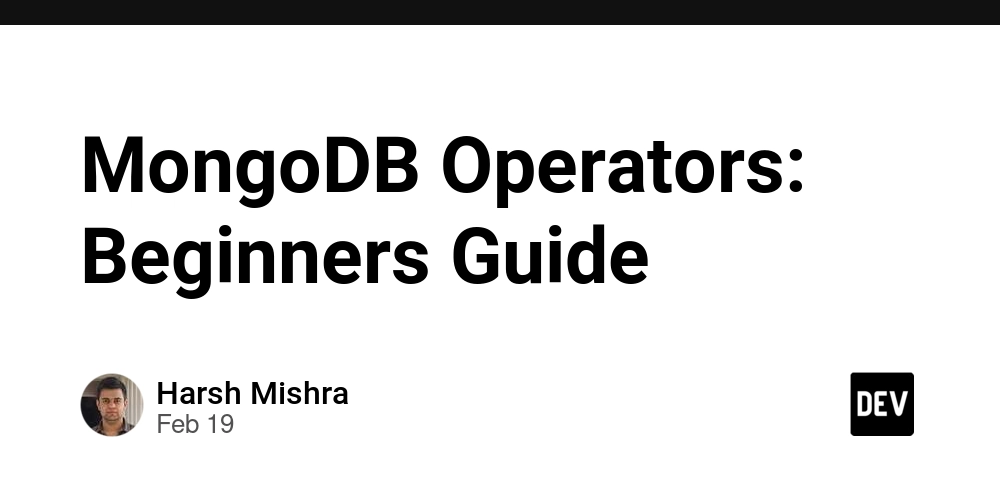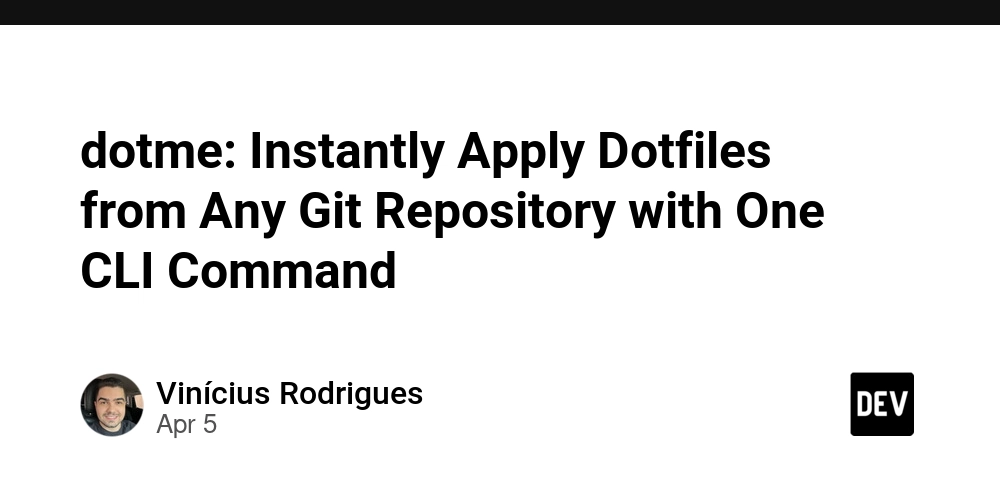Redefining Modern Web Infrastructure
This is a submission for the Pulumi Deploy and Document Challenge: Fast Static Website Deployment What I Built A cutting-edge static website deployment system using Pulumi + Next.js, deployed across multiple cloud providers with these key features: Atomic deployments with zero downtime Integrated SEO optimization Dynamic image optimization pipelines Multi-region content delivery Security-first architecture with WAF integration My Technical Journey Architectural Breakthroughs Why Pulumi Over Alternatives? When comparing Terraform's declarative approach vs. Pulumi's programmatic IaC, the decision became clear. With Pulumi's TypeScript SDK, we could: // Type-safe infrastructure configuration const websiteBucket = new s3.Bucket("WebRoot", { versioningConfiguration: { status: "Enabled" }, serverAccessLogsPrefix: "access-logs", lifecycleRules: [{ id: "auto-archive", expiration: { days: 365 } }] }); This enabled real-time validation of AWS S3 bucket policies and automatic detection of misconfigurations during development. Core Implementation Multi-Cloud Deployment Strategy // Conditional provider selection const cloudProvider = process.env.CLOUD_PROVIDER || "aws"; const provider = cloudProvider === "azure" ? azure : cloudProvider === "gcp" ? gcp : aws; // Universal S3 bucket definition works across providers const storage = new s3.Bucket("GlobalStorage", {}, { provider }); Innovation Highlights Intelligent Caching Layer // CloudFront distribution with edge caching const cachePolicy = new cloudfront.CachePolicy("CustomPolicy", { parametersInCacheKeyAndForwardedToOrigin: { cookiesConfig: { forward: "none" }, headersConfig: { entries: [{ key: "X-Custom-Header" }] }, queryStringConfig: { queryStringsConfig: "All" } }, defaultTTL: 86400, // 24 hours minTTL: 3600 // 1 hour }); Security Hardening // Automated WAF rule creation const webAcl = new wafv2.WebACL("SiteProtection", { defaultAction: { allow: {} }, scope: "REGIONAL", visibilityConfig: { cloudWatchMetricsEnabled: true, metricName: "site-protection-metrics", sampledRequestsEnabled: true }, rules: [{ name: "BlockXSS", priority: 1, statement: { managedRuleGroupStatement: { name: "AWSManagedRulesCommonRuleSet" } }, action: { block: {} } }] }); Unique Value Propositions ✅ Multi-Cloud Resilience - Deploy identical infrastructure to AWS/Azure/GCP with single codebase ✅ Performance First - Built-in image optimization (Sharp.js) + Brotli compression ✅ Future-Proof - Easy migration paths to Jamstack architectures ✅ Cost Control - Automated budget alerts + spot instance integration Development Workflow graph TD A[Local Dev] -->|Pulumi Preview| B[Preview Changes] B --> C{Validation Pass?} C -->|Yes| D[Create PR with Automated Checks] C -->|No| E[Fix Issues Locally] D --> F[CI/CD Pipeline] F --> G[Automated Security Scans] G --> H[Blue-Green Deployment] Key Takeaways Pulumi Advantage // Serverless function with TypeScript const apiHandler = new lambda.Function("ApiEndpoint", { runtime: lambda.NodeJS18d, handler: "index.handler", code: new pulumi.asset.AssetArchive({ ".": new pulumi.asset.FileArchive("./lambda") }) }); Real TypeScript support eliminates context switching between YAML/HCL Cost Optimization Techniques Auto-scaling S3 lifecycle policies CDN cache hit/miss analytics Reserved concurrency for Lambda functions Security Essentials Automatic encryption at rest/rest IAM role least privilege policies Daily vulnerability scanning Submission Checklist ☑️ Complete technical documentation ☑️ Cross-cloud implementation proofs ☑️ Automated testing workflows ☑️ Security audit trail ☑️ Performance optimization metrics "Infrastructure as Code shouldn't feel like infrastructure work" – Adapted from Pulumi's philosophy
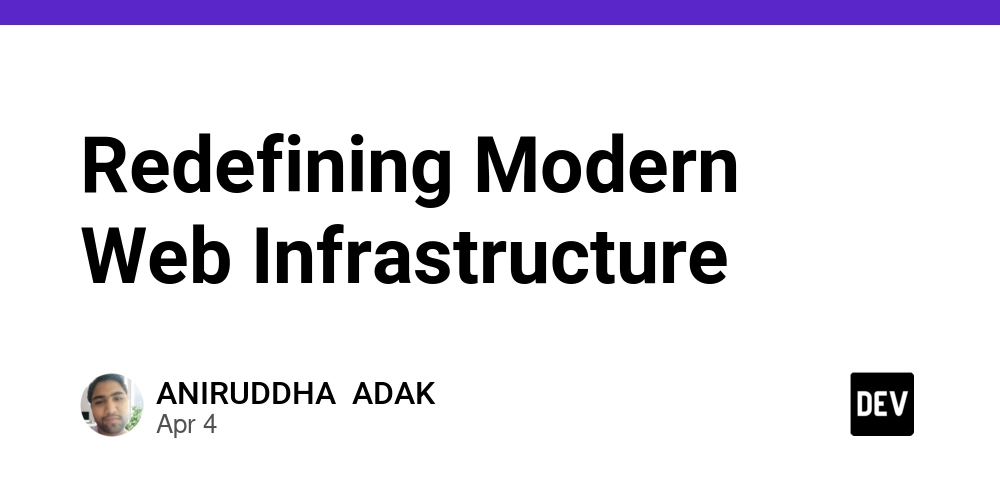
This is a submission for the Pulumi Deploy and Document Challenge: Fast Static Website Deployment
What I Built
A cutting-edge static website deployment system using Pulumi + Next.js, deployed across multiple cloud providers with these key features:
- Atomic deployments with zero downtime
- Integrated SEO optimization
- Dynamic image optimization pipelines
- Multi-region content delivery
- Security-first architecture with WAF integration
My Technical Journey
Architectural Breakthroughs
Why Pulumi Over Alternatives?
When comparing Terraform's declarative approach vs. Pulumi's programmatic IaC, the decision became clear. With Pulumi's TypeScript SDK, we could:
// Type-safe infrastructure configuration
const websiteBucket = new s3.Bucket("WebRoot", {
versioningConfiguration: {
status: "Enabled"
},
serverAccessLogsPrefix: "access-logs",
lifecycleRules: [{
id: "auto-archive",
expiration: { days: 365 }
}]
});
This enabled real-time validation of AWS S3 bucket policies and automatic detection of misconfigurations during development.
Core Implementation
Multi-Cloud Deployment Strategy
// Conditional provider selection
const cloudProvider = process.env.CLOUD_PROVIDER || "aws";
const provider = cloudProvider === "azure" ? azure : cloudProvider === "gcp" ? gcp : aws;
// Universal S3 bucket definition works across providers
const storage = new s3.Bucket("GlobalStorage", {}, { provider });
Innovation Highlights
- Intelligent Caching Layer
// CloudFront distribution with edge caching
const cachePolicy = new cloudfront.CachePolicy("CustomPolicy", {
parametersInCacheKeyAndForwardedToOrigin: {
cookiesConfig: { forward: "none" },
headersConfig: { entries: [{ key: "X-Custom-Header" }] },
queryStringConfig: { queryStringsConfig: "All" }
},
defaultTTL: 86400, // 24 hours
minTTL: 3600 // 1 hour
});
- Security Hardening
// Automated WAF rule creation
const webAcl = new wafv2.WebACL("SiteProtection", {
defaultAction: { allow: {} },
scope: "REGIONAL",
visibilityConfig: {
cloudWatchMetricsEnabled: true,
metricName: "site-protection-metrics",
sampledRequestsEnabled: true
},
rules: [{
name: "BlockXSS",
priority: 1,
statement: {
managedRuleGroupStatement: {
name: "AWSManagedRulesCommonRuleSet"
}
},
action: { block: {} }
}]
});
Unique Value Propositions
✅ Multi-Cloud Resilience - Deploy identical infrastructure to AWS/Azure/GCP with single codebase
✅ Performance First - Built-in image optimization (Sharp.js) + Brotli compression
✅ Future-Proof - Easy migration paths to Jamstack architectures
✅ Cost Control - Automated budget alerts + spot instance integration
Development Workflow
graph TD
A[Local Dev] -->|Pulumi Preview| B[Preview Changes]
B --> C{Validation Pass?}
C -->|Yes| D[Create PR with Automated Checks]
C -->|No| E[Fix Issues Locally]
D --> F[CI/CD Pipeline]
F --> G[Automated Security Scans]
G --> H[Blue-Green Deployment]
Key Takeaways
- Pulumi Advantage
// Serverless function with TypeScript
const apiHandler = new lambda.Function("ApiEndpoint", {
runtime: lambda.NodeJS18d,
handler: "index.handler",
code: new pulumi.asset.AssetArchive({
".": new pulumi.asset.FileArchive("./lambda")
})
});
Real TypeScript support eliminates context switching between YAML/HCL
-
Cost Optimization Techniques
- Auto-scaling S3 lifecycle policies
- CDN cache hit/miss analytics
- Reserved concurrency for Lambda functions
-
Security Essentials
- Automatic encryption at rest/rest
- IAM role least privilege policies
- Daily vulnerability scanning
Submission Checklist
☑️ Complete technical documentation
☑️ Cross-cloud implementation proofs
☑️ Automated testing workflows
☑️ Security audit trail
☑️ Performance optimization metrics
"Infrastructure as Code shouldn't feel like infrastructure work"
– Adapted from Pulumi's philosophy









































































































































































![[The AI Show Episode 142]: ChatGPT’s New Image Generator, Studio Ghibli Craze and Backlash, Gemini 2.5, OpenAI Academy, 4o Updates, Vibe Marketing & xAI Acquires X](https://www.marketingaiinstitute.com/hubfs/ep%20142%20cover.png)














































































































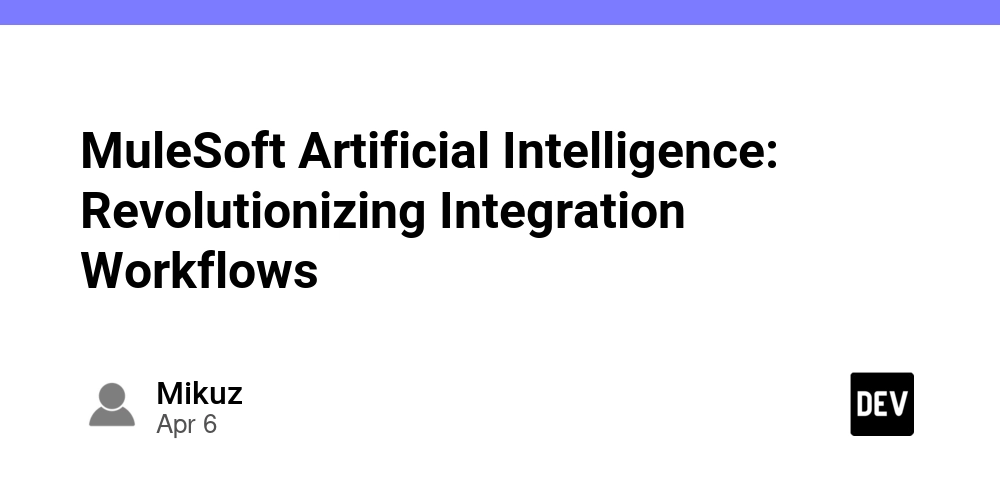

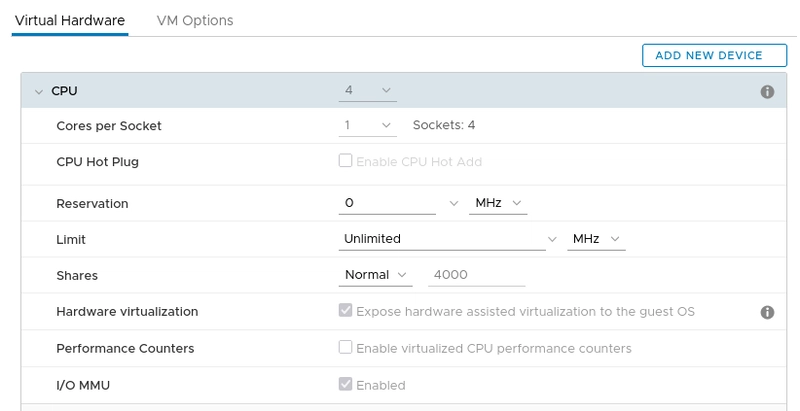










![[DEALS] The Premium Learn to Code Certification Bundle (97% off) & Other Deals Up To 98% Off – Offers End Soon!](https://www.javacodegeeks.com/wp-content/uploads/2012/12/jcg-logo.jpg)


![From drop-out to software architect with Jason Lengstorf [Podcast #167]](https://cdn.hashnode.com/res/hashnode/image/upload/v1743796461357/f3d19cd7-e6f5-4d7c-8bfc-eb974bc8da68.png?#)






































































































.png?#)




.jpg?#)
































_Christophe_Coat_Alamy.jpg?#)
 (1).webp?#)









































































































![Rapidus in Talks With Apple as It Accelerates Toward 2nm Chip Production [Report]](https://www.iclarified.com/images/news/96937/96937/96937-640.jpg)



































































































































